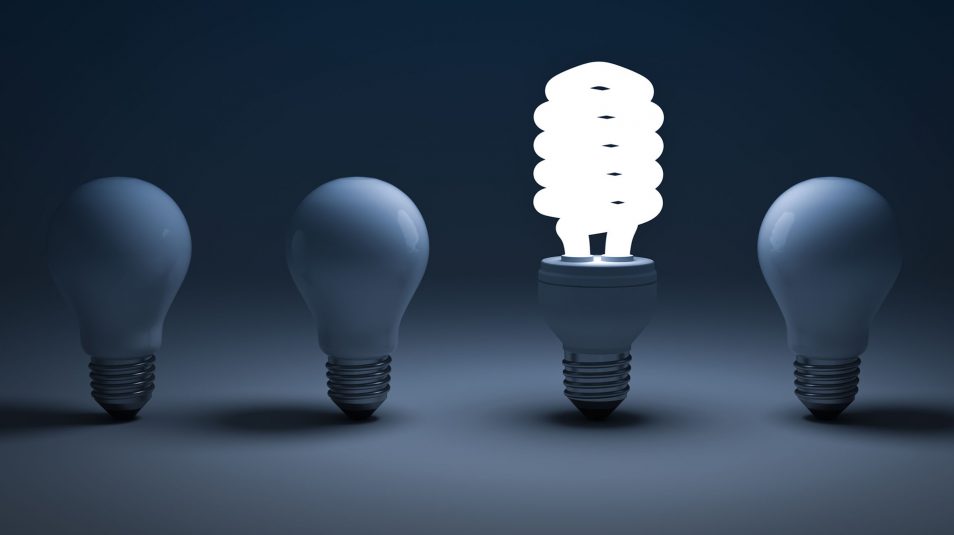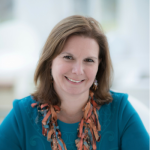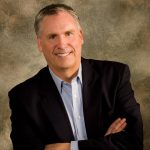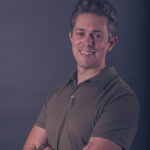Different Thinking. Different Leadership.

Professional Development
March 22, 2019
Julia Felton
Herd Leader Of Business HorsePower Ltd
Topics
Difference, Leadership, Leadership Development, organizational alignment, ThinkingOur current model of success is not designed to make us happy, to give us fulfillment, to give us meaning. It’s designed to accumulate. And it’s a model that is not sustainable anymore. We need a new way of doing business. But it is not something we just can do differently. It requires a different thinking. It requires a different consciousness.
Peter Matthies, Founder, Conscious Business Institute
No one doubts that we are faced with increasing complexity and challenges coming at us globally, impacting us professionally, and touching us personally. Examples include climate change, income inequality, employee engagement, diversity and inclusion, stress and anxiety. and lack of purpose and meaning.
The current challenge for leaders is how do they navigate this new landscape they find themselves in it. Whilst many leaders recognise that the current ways of leading business are not sustainable as it focuses on profit and margin rather than the planet and people when under stress they revert to their “normal” behaviour. After all, that was the focus of the business which many of today’s leaders were brought up in.
The problem is that as employees observe how the leadership team acts in these critical situations, they withdraw trust. Relationships break down and accountability, ownership, personal leadership, proactive behavior, and contribution all suffer - while politics, slow decision making, and self-preservation rise. This does not create an engaged workforce and is one of the reasons why globally employee engagement is at just 13%, according to Gallup.
If organizations want to thrive and create healthy and vibrant business cultures with high levels of engagement, then business leaders need to think differently. They need to start focusing on their people and their drivers of success which ultimately come in the first instance from people’s basic human needs being met. In Peak, author Chip Conley distills Maslow’s Hierarchy of Needs into three essential levels: survive, succeed, transform. For employees, he suggests that at survival level they need money to ensure their base needs are met. At the succeed level, they want recognition and to feel valued; whilst at the transform level, employees want to feel inspired, a sense of contribution to the business, and a sense of contribution to society through the business.
Thinking differently about what drives our employees is critical as research shows that behavioral changes are not effective if they aren’t aligned with an individual’s mindset and consciousness. In other words, if we focus on what the individual does (their habits, behaviours, and actions) and expect to get the results we desire then that change is likely to be unstainable as the employee is not aligned with why the change needs to occur.
This is why I am a passionate advocate of the new leadership framework proposed by the Conscious Business Institute, which has identified five identities that must be aligned to create a successful organization. These are:
Self-Leadership
INDIVIDUALS can be fully themselves and contribute their authentic power. Fulfills the human need for self-expression.
Team-Leadership
TEAMS collaborate & communicate well and cultivate diversity & inclusion. Fulfills the human need for connection.
Organizational Leadership
ORGANIZATION is values based & purpose-driven with a bold vision. Fulfills the human need for contribution.
Business Leadership
BUSINESS is socially responsible and measures its success holistically Fulfills the human need for security & growth.
Conscious Leadership
LEADERSHIP that’s inspiring, accountable, courageous, & empowering. Fulfills the human need for appreciation & care.
Each area speaks to a specific human need. By focusing on the mindset and consciousness of the employee sustainable behavioural change occurs as everything starts with who we are being, before looking at what we are doing and then having as a result. In other words, this structure helps to access the level of consciousness before providing concrete tools to apply day-to-day.
How will you change your thinking today?







